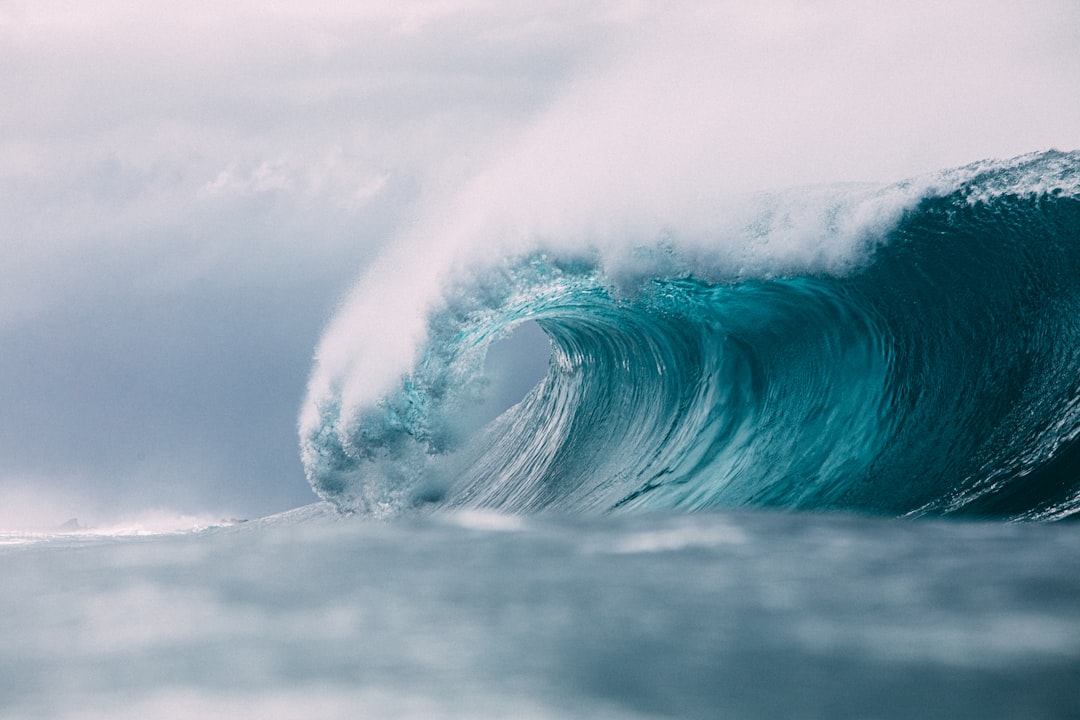What is it about?
I think this article is clear and easily understandable by most readers- even those without a legal background. It begins by describing how Oceanic objects were discovered and collected by Westerners for over 200 years. Contemporary developments surrounding the rights of indigenous peoples in relation to the material culture of their ancestors give rise to new questions. My own view is that these developments have not reached a point where a claim that an object is "sacred"-without more- can change its existing legal proprietary status.
Featured Image
Why is it important?
Much discussion of "sacred" indigenous property avoids the hard questions about how such status is determined and by whom, along with what the consequences of such a description are for those with custody of this material. This short piece is an attempt to re-frame the issue in terms of institutional and market realities.
Perspectives
Having experienced the changes to the "art" market for Oceanic objects as well as the legal developments surrounding it for over 40 years this is my personal attempt to provide factual and legal background without undue theorizing.
Robert Paterson
University of British Columbia
Read the Original
This page is a summary of: Collecting “Tribal Art”—Sacred or Secular?, International Journal of Cultural Property, August 2014, Cambridge University Press,
DOI: 10.1017/s0940739114000150.
You can read the full text:
Contributors
The following have contributed to this page










